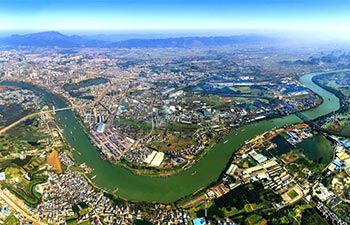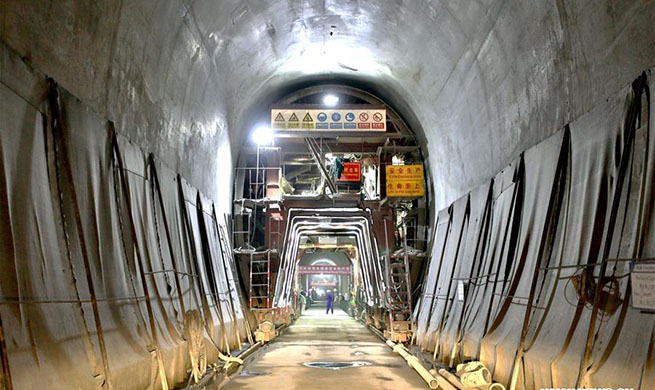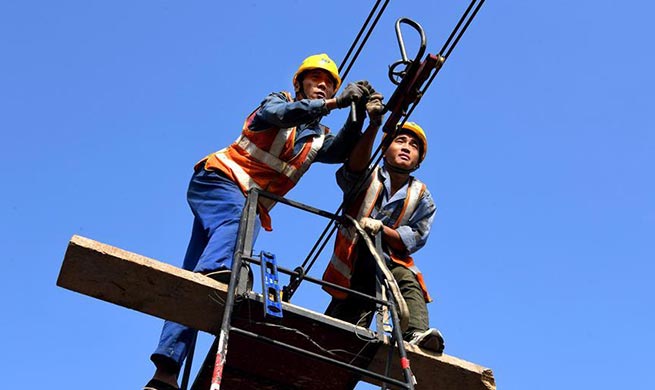KATHMANDU, Sept. 25 (Xinhua) -- Provinces having high level of poverty in Nepal have also witnessed poor penetration of micro-finance institutions (MFIs) which are considered as important instrument to alleviate poverty, a survey of Nepal's central bank said.
The survey released by the Nepal Rastra Bank (NRB) on Monday revealed that there is a presence of 8 percent of MFIs in Nepal's Province 7 in the Far-Western Region where 42 percent of the population lives below the poverty line.
Once Nepal adopted federal system following promulgation of new constitution in 2015, seven provinces have been created in the country. The highest percentage of poverty prevails in Province 7, according to the NRB. As per the Living Standard Survey 2011, an average of 25 percent of Nepal's population lives below the poverty line.
There is a presence of 21 percent of MFIs in Province 3, the central region of the country, where Nepal's capital-- Kathmandu also lies. It is the second highest penetration of the MFIs after Province 1 in eastern Nepal. In terms poverty, Province 3 has the second lowest population living below the poverty line from among the seven provinces, according to NRB.
The province's 15.3 percent of population lives below the poverty line, the Nepali central bank said.
Likewise, the Karnali (previously Province 6) in the Mid-Western Region of the Himalayan country has witnessed the lowest penetration of MFIs although the province has the second highest percentage of poverty after Province 7.
Nara Bahadur Thapa, chief of research department of NRB, told Xinhua on Monday that Nepal's MFI sector is driven by the private sector and they wish to secure profit from the operation of MFIs.
"So, they expand their presence in the regions where there is economic opportunities which enable borrowers to pay back loans," Thapa said.
He said that high degree of poverty; sparse population and lack of markets make the operation of MFIs in such regions challenging. "There is a need for government's intervention to make expansion of MFIs feasible," he added.
According to the NRB statistics, the contribution of the Karnali Province and Province 7 into the country's gross domestic product (GDP) is just 4.1 percent and 6.3 percent respectively which are the lowest and the second lowest compared to other provinces.
Likewise, these two provinces also have the lowest and second lowest presence of the manufacturing industries, according to the Nepali central bank.












